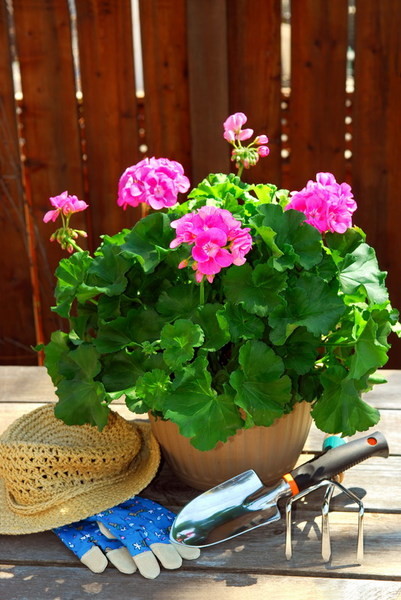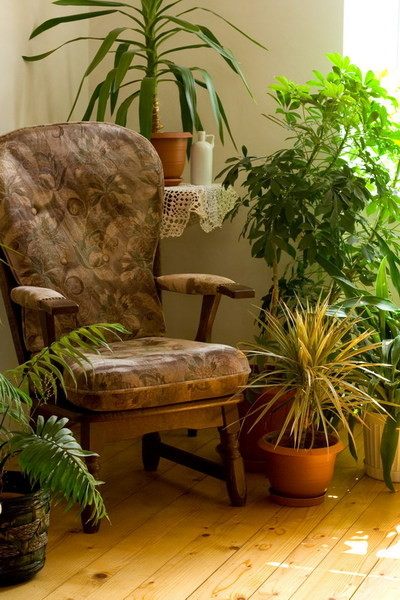Do I need a transplant? How to replant indoor flowers If you are not one of the lucky ones who understands the language of plants, we try to determine the need for replanting by external signs:
How to replant indoor flowers If you are not one of the lucky ones who understands the language of plants, we try to determine the need for replanting by external signs:
- the plant is cramped in the pot: there is so much greenery that you can’t see the soil;
- roots are sticking out of the drainage hole;
- in the most advanced cases, the plant seems to jump out of the ground, rising on its roots from a pot that has become too low for it;
- despite regular feeding, the plant does not add to the growth;
- plant for a year (or even two) is growing in the same pot in which you bought it.
A transplant is also necessary if youwant the plant to make a big jump in growth. Mini-testTo verify your assumptions, conduct the following test: carefully remove the root ball together with the plant from the pot (the root ball will come out of the pot best if the soil is pre-dried). To do this, holding the plant near the soil, turn the pot upside down on your palm and remove the pot. If the roots have completely entwined the soil, so that it is almost invisible, then replanting is inevitable. Otherwise, return the plant back. This mini-test is harmless for the subsequent growth of the flower. Keep in mind that some flowers do not like space: for example, hippeastrum will bloom only in a cramped pot.Stages of replanting How correctly to transplant indoor flowers
How correctly to transplant indoor flowers
Replacing the top layerIf the plant is not prescribedtransplant, it grows in a spacious pot and feels great, this does not diminish the share of your responsibility to it. All plants, regardless of size and type, need an annual replacement of the top layer of soil. A 2 cm thick layer of soil (for large pots - 5 cm) is carefully removed and new soil is added in its place. Now you can rest assured about your indoor greenery - with the arrival of sunny warm days, your flowers will begin to grow vigorously, receiving all the nutrients necessary for this, and before the cold season, the roots will calmly have time to strengthen. Mission accomplished! See also:









